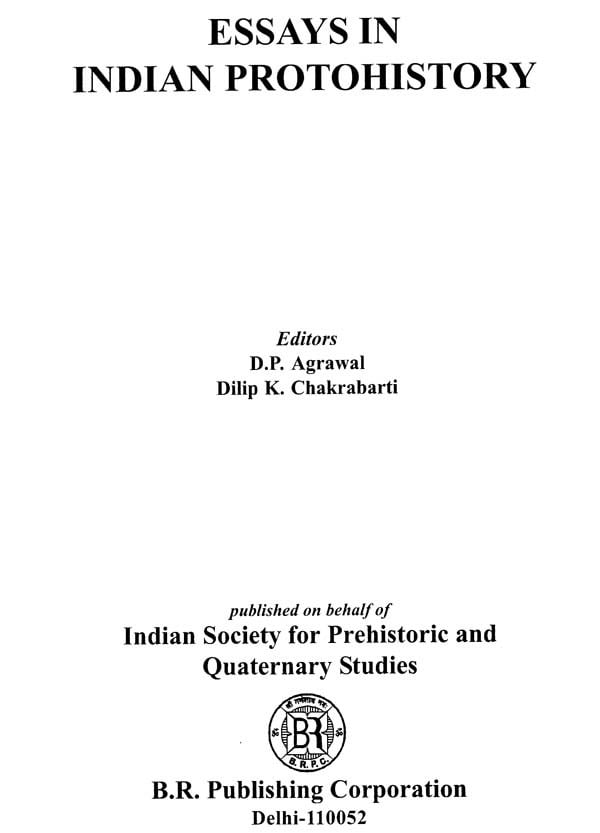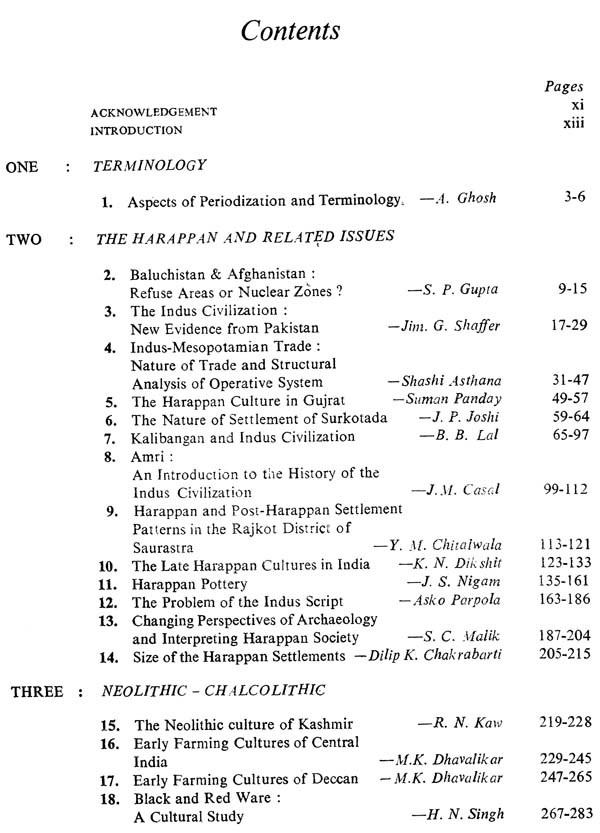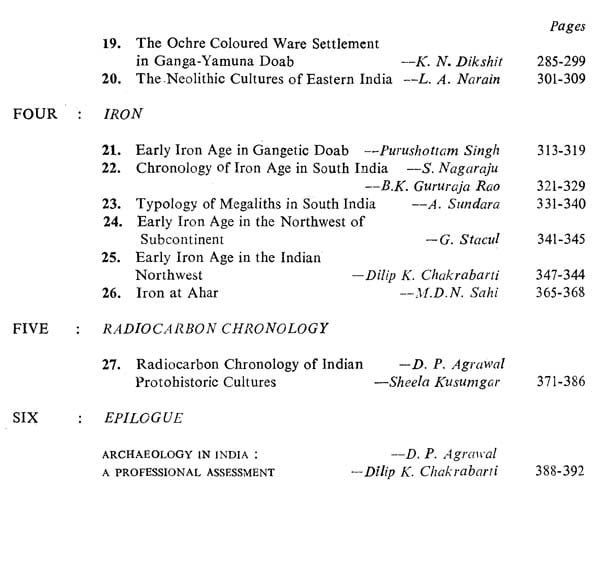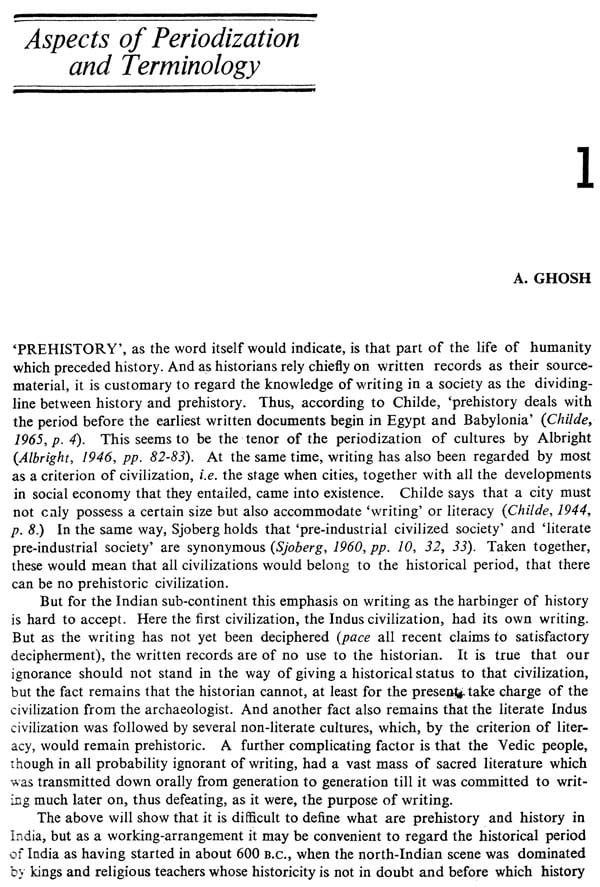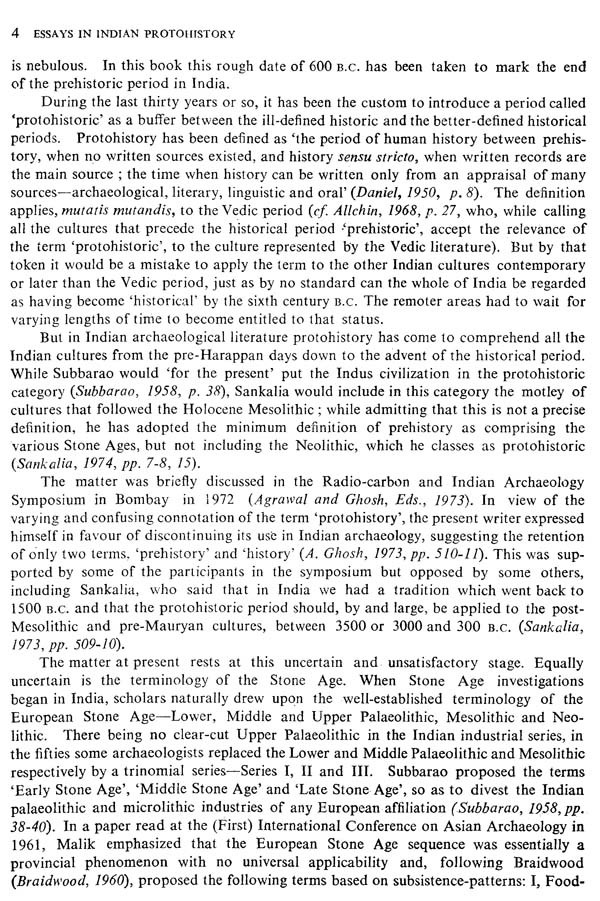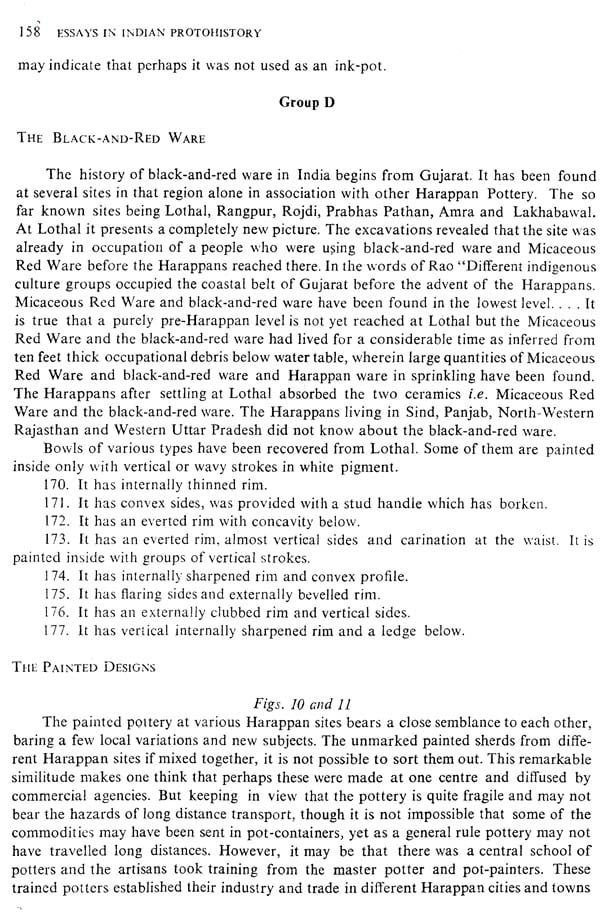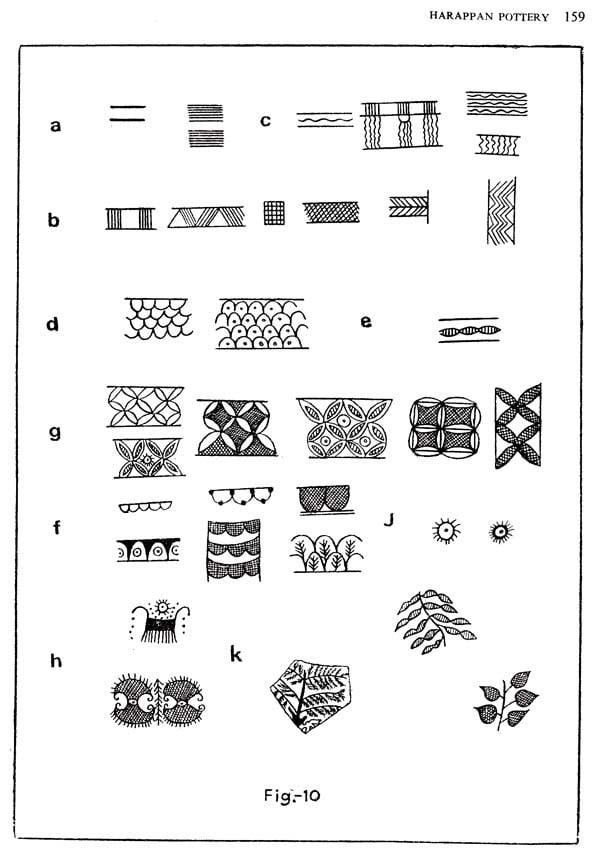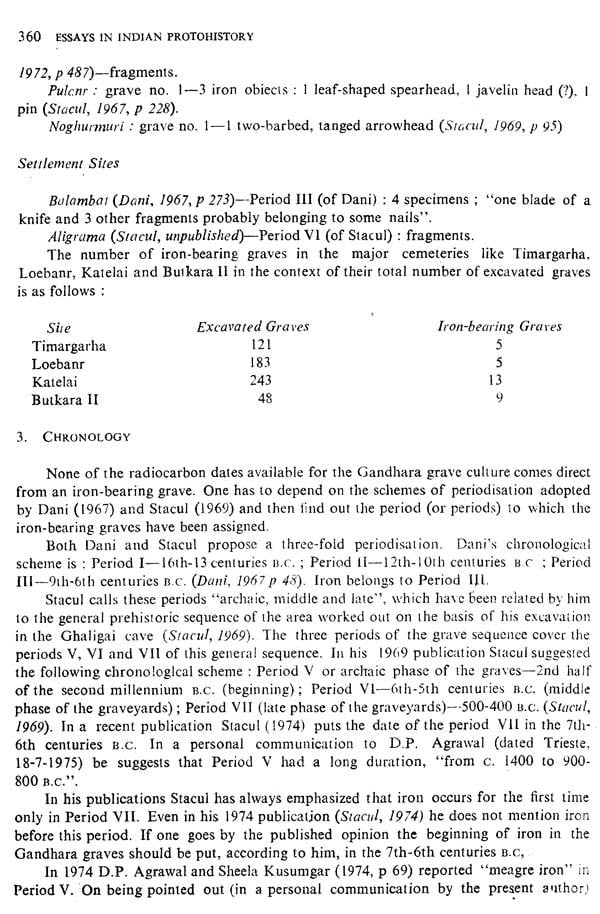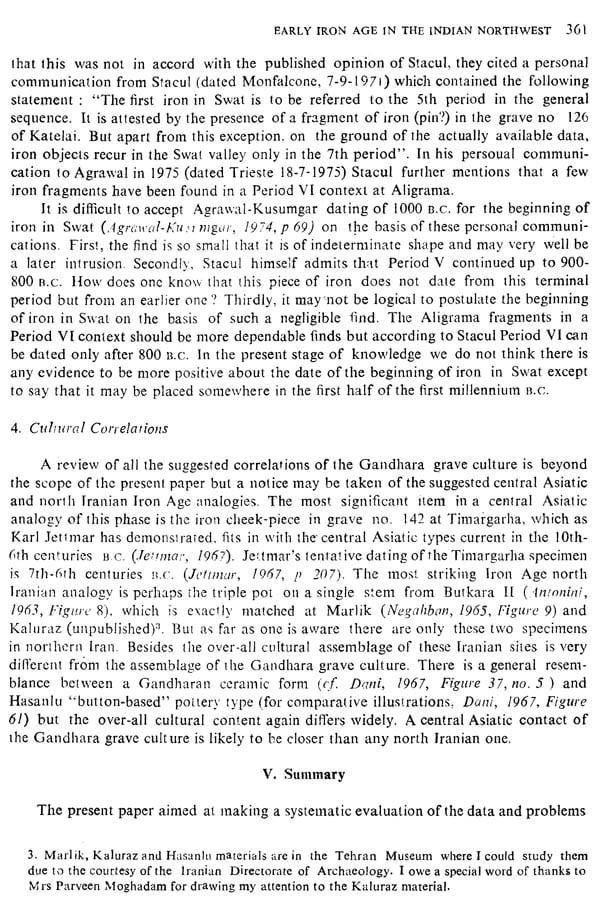
Essays in Indian Protohistory
Book Specification
| Item Code: | AZE495 |
| Author: | D.P. Agrawal and Dilip K. Chakrabarti |
| Publisher: | B.R. PUBLISHING CORPORATION |
| Language: | ENGLISH |
| Edition: | 2021 |
| ISBN: | 9789350500385 |
| Pages: | 402 (Throughout B/w Illustrations) |
| Cover: | HARDCOVER |
| Other Details | 10.00x7.50 |
| Weight | 820 gm |
Book Description
It has been emphasized earlier that the essays in the present volume should be judged in the context of the general nature of archaeological research in India. But whatever may be said about their quality, there is no point in denying that the study of Indian protohistory has considerably broadened its range of interest in recent years. The present volume has only tried to convey an impression of this widening of interest.
Dr. Dilip K. Chakrabarti has researched on early Urban growth in India, early Indian iron, India and West Asia before the Achaemenids and history of ideas in Indian archaeology. On these and related topics he has published widely in national and international journals. He was educated at the University of Calcutta where he abtained his M.A. (with a gold medal) and Ph.D. In 1973-74 he was at Churchill College. Cambridge. In 1974-75 he was at the institute for Advance Studies in the Humanities, Edinburgh University, and the British Institute of Persian Studies, Tehran. In 1975-76 he was at Wolfson College, Cambridge, and thaught Indian archaeology and ancient history at the University. In 1976 he visited various Universities and museums in the United States and elsewhere as a grantee of the JDR 3" Fund, New York.
The papers in the volume are, of course, conditioned by the general leval of archeological research in India. The limitations of this research and the historical factors behind the present state of Indian archaeology will be separately discussed at the end of this volume Here we may focus on the trends which have become clear in recent years The first of these trends is in the area of natural-scientific analyses. The establishment of a radiocarbon laboratory in the Tata Institute of Fundamental Research, Bombay (this laboratory has now been shifted to the Physical Research Laboratory. Ahmadabad) was a major step in this direction. One would say that there has been a quiet revolution in Indian prehistoric and protohistoric chronology because of the work of this laboratory. Plans are afoot to initiate other dating methods as well. Secondly, a number of workers have now concentrated on the problems of early Indian metallurgy and whatever data are available have provided fresh insights into the general issue. Thirdly, there is an increasing concern with the ecological background of early cultures. This is an area where multi disciplinary research is yielding positive results, notably in Maharashtra, Gujarat and Rajasthan. Fourthly, the analysis of ancient plant remains and the study of ancient animal remains have made significant progress. These are perhaps the major aspects of natural-scientific analyses in Indian archaeology but there are other developing aspects too, and one may not be far wrong in claiming that natural-scientific studies in Indian archaeology have already developed beyond the first, tentative stage.
The second major development lies in the field of basic archaeological research itself. First, there have been many significant discoveries in recent years, and whatever may be said about the quality of analyses and the level of interpretation of these discoveries, the number of discoveries should be considered having a significance of its own. Secondly, the number of good monographs, either on a specific region or on a general theme, is gradually increasing, and it is not uncommon to find attempts at systematization on various levels. The third major development is in the area of historical interpretations. The diffusionary assumptions are increasingly being challenged and alternative explanations are being put forward in their place.
**Contents and Sample Pages**
